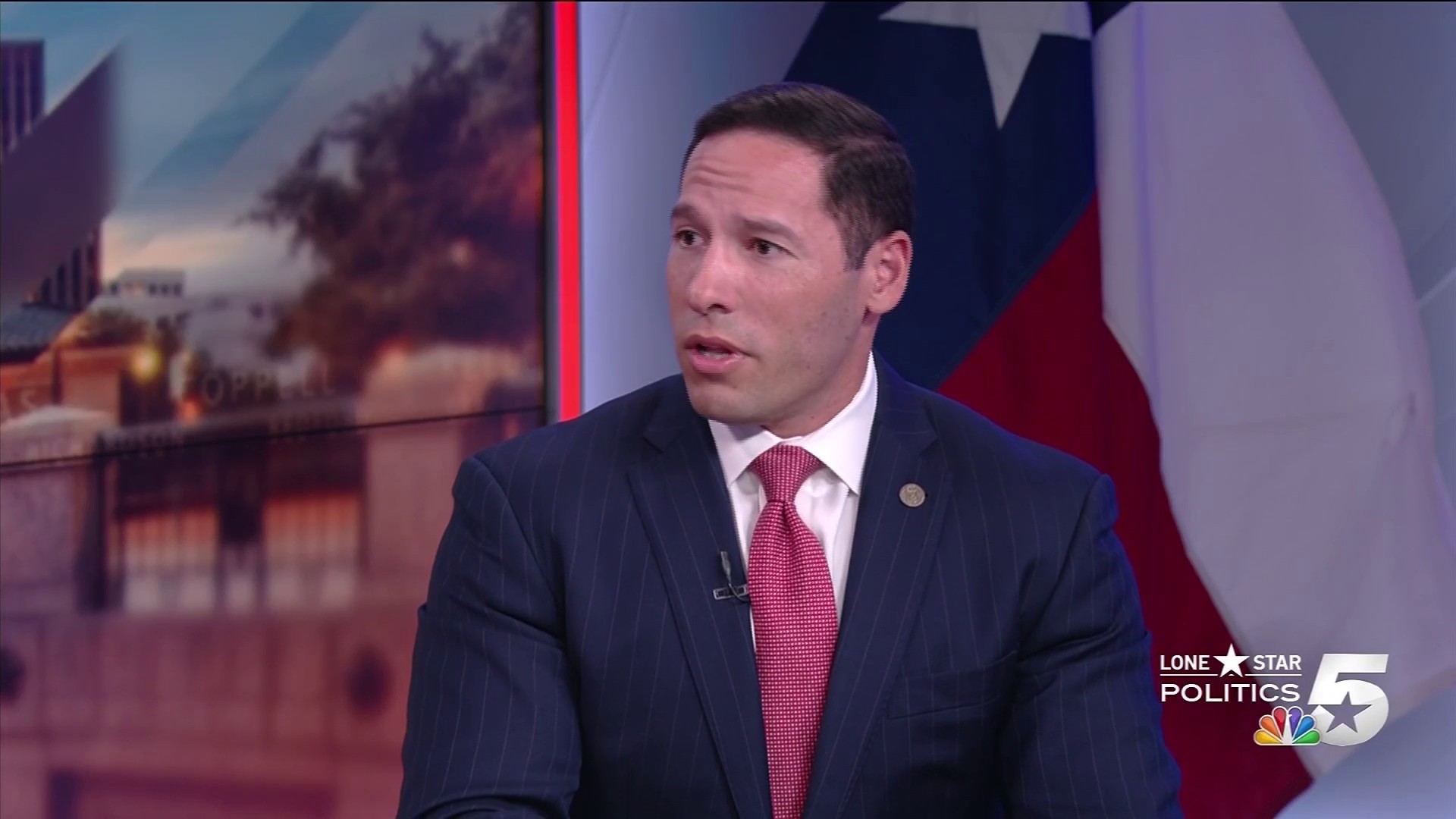When law enforcement officers from around the U.S. visit the Simon Wiesenthal Center in Los Angeles for training these days, they are faced with a choice between entering a door marked "prejudiced" and another marked "unprejudiced."
While most officers pick the "prejudiced" door, some don't and quickly discover that the "unprejudiced" door is locked -- a not-so-subtle reminder that no one is unbiased.
It's an early lesson officers receive when they show up at the center's Museum of Tolerance for instruction that includes implicit bias training, which aims to help them recognize and understand how their unconscious biases can impact the way they do their jobs.
The training is gaining more traction among police departments in dozens of cities, including Philadelphia and Dallas, especially after recent protests over the killings of black men by white officers sparked a debate about the role race plays in policing.
Officers need to make sure "that our language doesn't unintentionally reinforce biases that have been passed on to us because we had the same thing passed on to us," said Luann Pannell, director of training and education for the Los Angeles Police Department.
The department, which expects to send more than 5,000 officers to the museum's course in the next several years, is working to weave implicit bias lessons into existing training.
Increasingly deployed by the Justice Department at troubled law enforcement agencies, the training has taken on new importance in the last year since the uproar over police tactics after the deaths of Michael Brown in Ferguson, Missouri, and Eric Garner in New York.
Local
The latest news from around North Texas.
Experts say the focus on implicit bias is the next frontier of police training -- as important a subject as the proper use of force.
"This is one tool that police leaders are using to help really ensure their agencies engage in conscious policing," said Ron Davis, the head of the Justice Department's Community Oriented Policing Services program, which offers the training to departments.
While noting that it wasn't a panacea for all police and community strains, he said, the training could help both understand how to better manage implicit bias, whether it manifests in an officer or a motorist during a traffic stop.
Some researchers caution that there's not enough evidence to show that implicit bias training is effective.
They say it could potentially endanger officers or the public by making officers slower to recognize threats for fear of being called biased, and that the training's benefits could quickly disappear when an officer re-enters the real world.
In the real world, "your brain is going to rebuild those associations," said Joshua Correll, a social psychologist and associate professor at the University of Colorado at Boulder.
Correll noted that while studies show the training can decrease bias they also show such improvements are often short-lived and may even increase racial bias. He said more research is needed to address whether the training could actually endanger officers by making them hesitate.
While social psychologists have researched the topic for decades, academics focused on implicit bias' impact on policing after New York police officers fatally shot African immigrant Amadou Diallo as he reached for his wallet on his front porch in 1999.
Since then, high-profile police shootings have stoked more attention. After Brown's death, officers in Ferguson, Missouri's state highway patrol and St. Louis County underwent training in November.
Since the summer, Mark Katrikh, head of the museum's police education program who is helping to develop a deeper implicit bias curriculum, said he's received multiple calls a week from police agencies nationwide interested in the organization's "Tools for Tolerance" program.
Lorie Fridell, a University of South Florida associate professor who runs the "Fair and Impartial Policing" program that works with the COPS program, said "implicit biases manifest in even the best intentioned individual."
During the training, she said, "we point out that policing based on stereotypes and biases might also make you unsafe if you don't frisk the white woman, if you're not vigilant against the man in the BMW. Sometimes your biases are going to make you safe.
"Sometimes your biases are going to make you unsafe," she said.
Training is interactive and includes lots of discussion, working in groups and playing out scenarios so that officers can imagine themselves in various roles and understand how their impressions are influenced by factors outside of just the behavior of the suspect.
One recent afternoon at the center, a diverse group of about 25 LAPD officers in plain-clothes crammed into a classroom to role-play scenarios.
One was from the perspective of a fictional black officer who's faced with insults from black residents about being part of the police. In another, the fictional black officer is off duty and stopped by a white patrolman who questions her about whether the car she's driving is hers. The scenarios set off vigorous discussion.
Katrikh said many officers attending the training worry the takeaway message is to ignore their gut instincts and their experience.
"All we're saying is have that gut reaction, but know when facts and other information that comes across in front of you challenges that gut reaction," he said.
Michael Tupper, the police chief in Marshalltown, Iowa, said he is looking into increasing diversity training that covers implicit bias in order to strengthen community relations, but knows that any police interaction involves two sides.
"Both parties bring unconscious bias to the table that can affect things," he said, adding, "it takes two to have a good dialogue."



